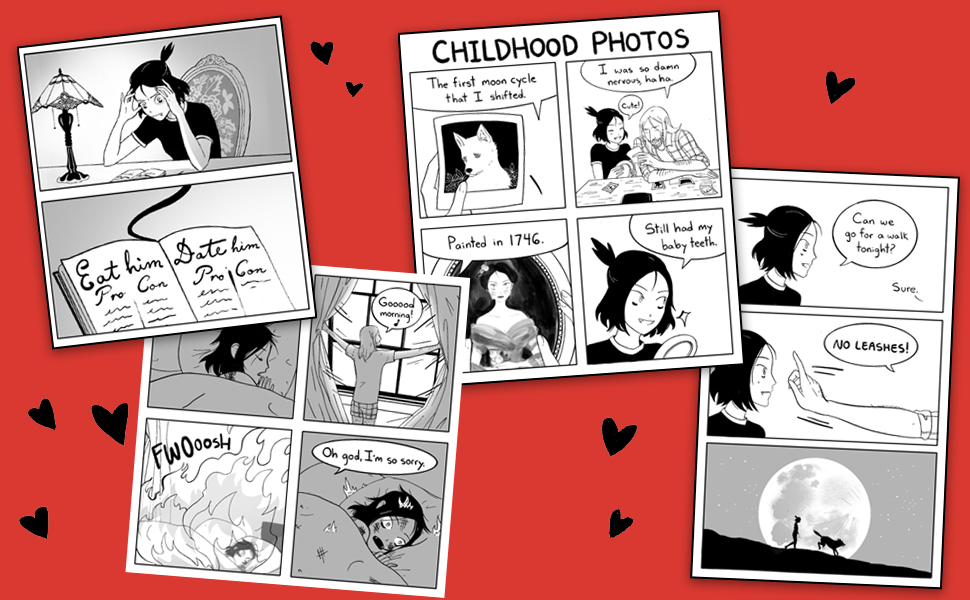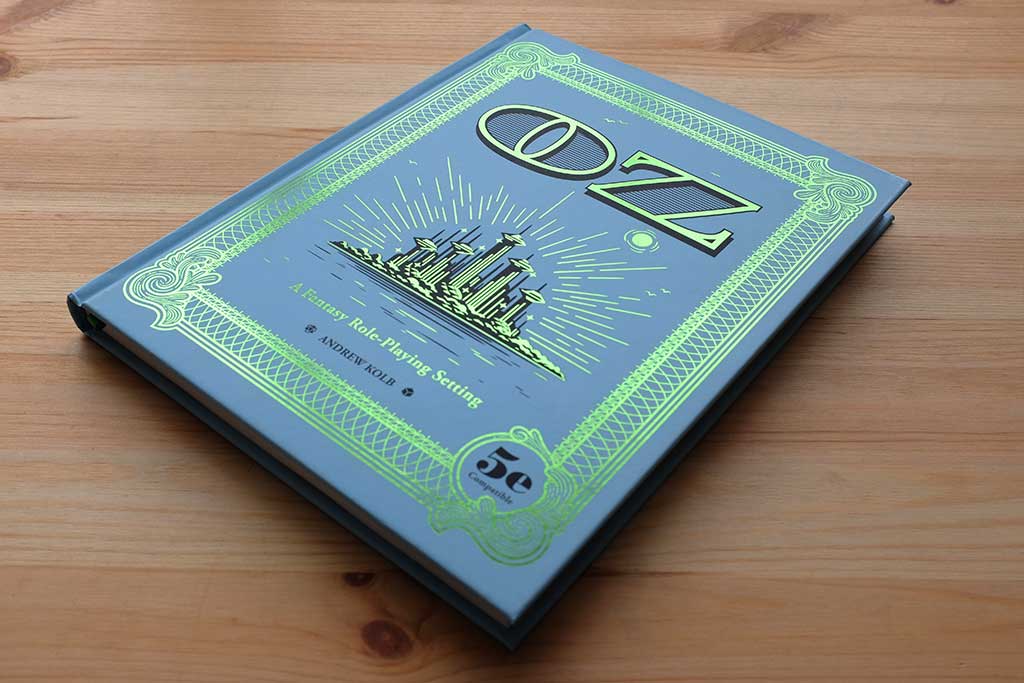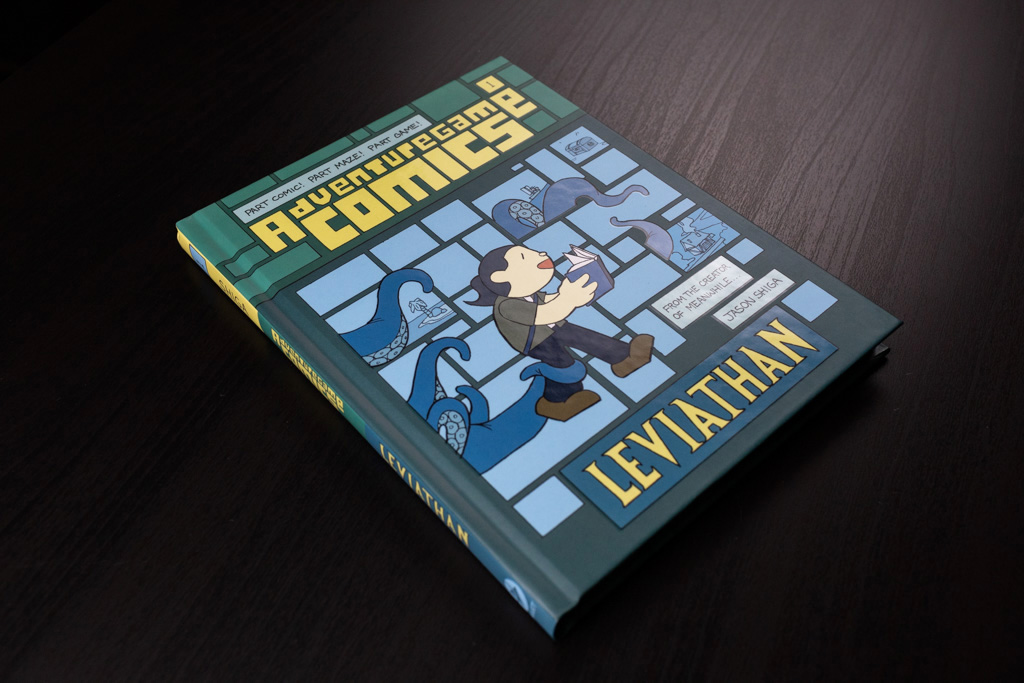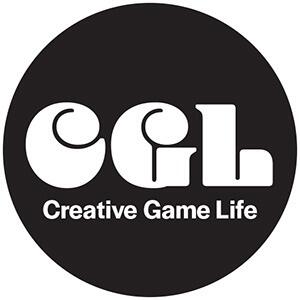
The Creative Act in Book Form
Rick Rubin‘s new book, The Creative Act – A Way of Being, is beautiful and frustrating. It’s a gorgeous tome of advice wrapped in fabric that is lovely to hold. Written by one of my favorite creative people in modern history with good intentions of delivering useful information as directly as possible. But something in this book is missing: context. For all the wonderful advice in the book, it lacks the color of personality.
Writing books about creating art must be a real high-wire act. Part of the magic of art is that it speaks for itself. To write about that act is almost contradictary to the language of creation. For this reason I gravitate towards books about workflow, process, philosophy, psyhcology. These feel like actions that lead to creative process.
The Creative Act aims high. From the opening pages you can feel the influences of Julia Cameraon, Steven Pressfield, and the Tao De Ching resonating in the creative advice. “Art is a circulation of energetic ideas,” Rubin riffs in the first chapter which sets a Zen-like tone that you’d expect from this Malibu residing guru of creativity.
The book does deliver on it’s promise – 400 pages of advice on how to live life, position the mind, and be open for creative flow to happen. It’s all sound advice (if sometimes contradictory) but I can’t help but feel like something is missing. I also had no idea that Neil Strauss (author of The Pick Up Artist and numbers biographies) had a co-credit as writer until I opened it.
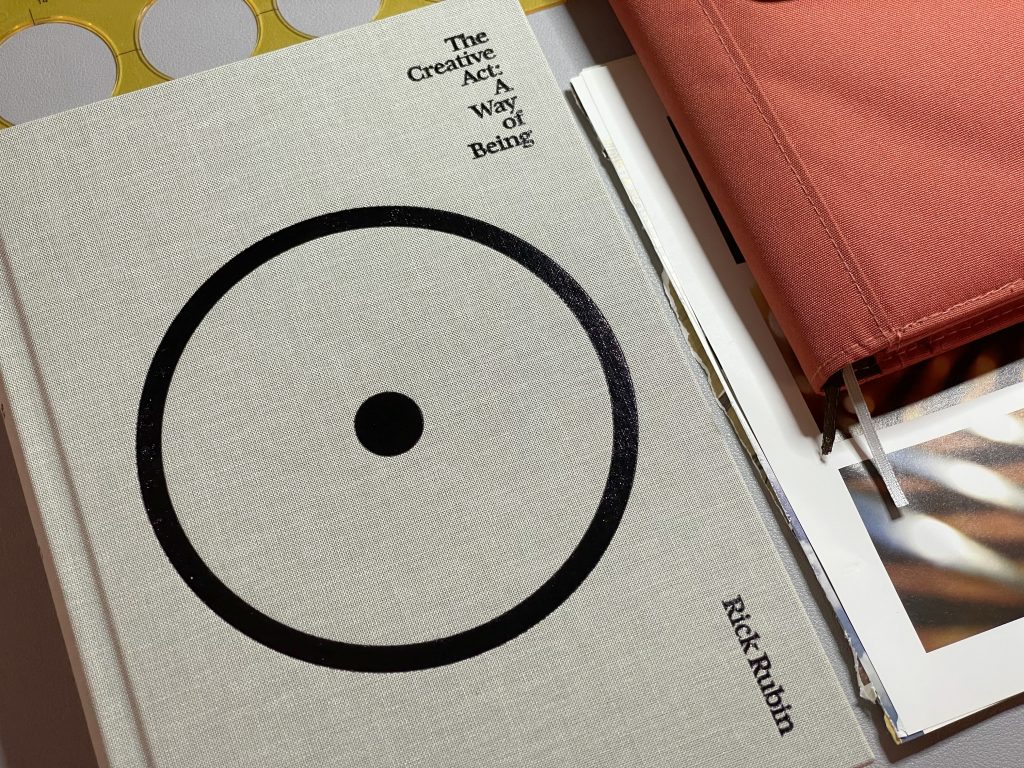
Missing Context in Anecdotes
In a recent interview with Tim Ferris Rubin explained his intentions with the book. He wanted to make something timeless, with advice that would last for longer than the decade where we were interested in musicians names.. He wanted the advice to stand on its own. In theory this made sense and I pre-ordered the book out of enthusiasm. But when it arrived I realized that these anecdotes need context for us to feel interested about.
The element that is missing in The Creative Act is context. Rubin may be correct in feeling that we’d be distracted by reading an artist’s name. But that may also be the glue that makes these anecdotes interesting. During Rubin’s interview with Ferris, it was the stories about artists that tied his philosophy with real-life actions and allowed me to see how it all works. Stories like how he got the Red Hot Chilli Peppers to write a balad or how he got Neil Diamond to play guitar and sing to get a different vocal tone keep the listener / reader interested in the subject while also swallowing the lesson to be learned.
It’s a gorgeous book. It’s full of useful advice. But if you’ve read Stephen King’s On Writing, Julia Cameron’s The Artist’s Way, and Steven Pressfield’s The War of Art, you know a lot of this information already.
Recommended Books on Workflow and Creativity
Do the Work by Stephen Pressfield
On Writing by Steven King
The Artists Way by Julia Cameron
